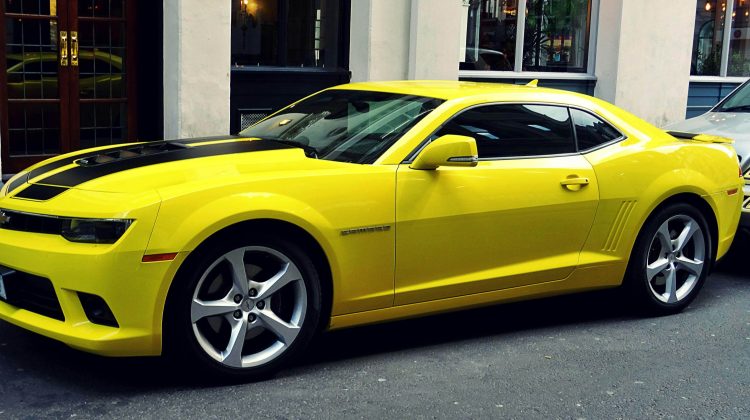Pre-ride inspections should be a regular part of every motorcycle rider’s safety routine. The T-CLOCS acronym is a helpful reminder of the essentials every motorcycle rider should check weekly and before a long ride. Much like dangerous California roads and intersections, a defective car or motorcycle part could play a significant role in your accident. Sometimes structural problems occur due to manufacturing defects, but can also wear down overtime as your vehicles condition worsens. Either way, it is important to continue to take the necessary precautionary steps to minimize your risk exposure and become a safer motorcyclist.
T stands for “Tires, wheels and brakes”
- Tires: Check for tread depth, wear, weathering, bulges, and embedded objects.
- Air Pressure: Check when cold and adjust to load.
- Wheels: Check for bent, broken, or missing spokes. Check the tension at the top of the wheel. If it rings, it’s OK; if it thuds, there is a loose spoke. Check the cast for cracks or dents. Verify the rims are true 5mm or out of round. To check the bearings, grab the top and bottom of the tire and flex: there should be no click between the hub and axle, and no growl when spinning. Check the seals for cracks, cuts or tears, excessive grease on the outside, or reddish-brown around the outside.
- Brakes: Verify that each brake alone can keep the bike from rolling.
C stands for “Controls”
- Levers and Pedal: Review for broken, bent, or cracked parts. Check ball ends on handlebar levers for proper adjustment. Ensure the pivots are lubricated.
- Cables: Check ends and interior for fraying, kinks, and proper lubrication. Ensure there’s no interference or pulling at steering head, suspension, with no sharp angles. Make sure the wire supports in place.
- Hoses: Review the condition for cuts, cracks, leaks, bulges, chafing or deterioration. Ensure the routing has no interference or pulling at steering head, suspension, with no sharp angles. Make sure the hose supports in place.
- Throttle: Ensure the throttle moves freely, snaps closed, no revving when handlebars are turned.
L stands for “Lights”
- Battery: Check the terminals, make sure the battery is clean and tight, held down securely, and with proper electrolyte levels. Make sure the vent tube is routed properly, not kinked or plugged.
- Headlamp: Check for cracks, reflector, mounting and adjustment system. Make sure it aims at the proper height and right/left. Check the hi beam/low beam operation.
- Tail lamp/brake lamp: Make sure it’s clean and tight, with no cracks, and that it activates upon front brake/rear brake application.
- Turn signals: Make sure they flash correctly.
- Mirrors: Check the swivel joints and mounts. Look for any cracks.
- Lenses & Reflectors: Make sure they are not cracked or broken, with excessive condensation, and that they are securely mounted.
- Wiring: Look for any fraying, chafing and insulation wear. Make sure the routing is not pinched and that there is no interference or pulling at steering head or suspension, wire looms and ties in place, connectors tight, clean.
O stands for “Oil”
- Engine Oil: Check the levels, warm on center stand on level ground, dipstick and sight glass. Check the gaskets, housings and seals for leaks.
- Hypoid Gear Oil, Shaft Drive: Check the transmission, rear drive and shaft levels. Check the gaskets, seals and breathers for leaks.
- Hydraulic Fluid: Check the brakes, clutch, reservoir or sight glass levels. Check the hoses, master cylinders and calipers for leaks.
- Coolant: Check the reservoir and/or coolant recovery tank levels – only when cool. Check the radiator, hoses, tanks, fittings and pipes for leaks.
- Fuel: Check the tank or gauge levels. Check the lines, fuel valve and carbs for leaks.
C stands for “Chassis”
- Frame: Check for cracks at gussets, accessory mounts, and any paint lifting. Make sure the steering-head bearings have no detent or tight spots through full travel. Raise front wheel, check for play by pulling/pushing forks. Check the swingarm bushings/bearings. Raise the rear wheel and check for play by pushing/pulling swingarm.
- Suspension: Check the front forks for smooth travel, equal air pressure/damping, anti-dive settings. Check the rear shocks for smooth travel, equal pre-load/air pressure/damping settings. Make sure the linkage moves freely and is lubricated.
- Chain or belt: Check the tension at the tightest point. Makes sure the side plates are lubricated when hot (the belts should not be lubricated). Make sure the sprockets’ teeth are not hooked and securely mounted.
- Fasteners: Make sure there are no missing bolts or nuts and that they are threaded tight. Check for broken or missing clips and cotter pins.
S stands for “Stands”
- Make sure the center and side stands are not cracked or bent, and that they spring in place, with proper tension to hold their positions.





No Comment